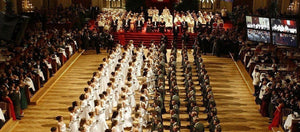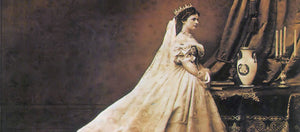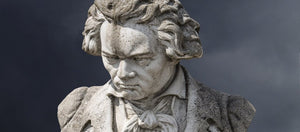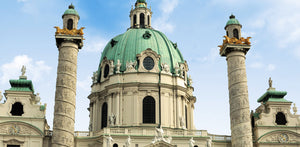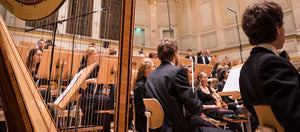The Best Parks in Vienna to Enjoy this Spring
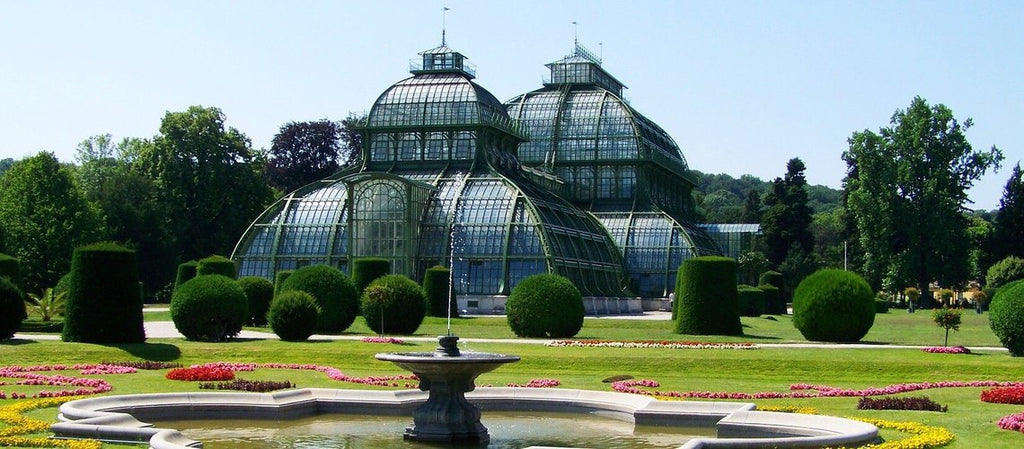
During winter, Vienna is a frosty wonderland filled with festive Christmas markets and beautiful snowy scenes. But come springtime, the city thaws out and enjoys much milder temperatures, clear blue skies and sunshine. These more pleasant conditions make spring a wonderful time to get outside and visit the stunning parks scattered throughout the capital.
From the city’s oldest green space which guards one of Austria’s most photographed statues to lesser-known gardens where flowers bloom as far as the eye can see, here are the best parks in Vienna to enjoy this spring.
Top 5 parks in Vienna
Stadtpark
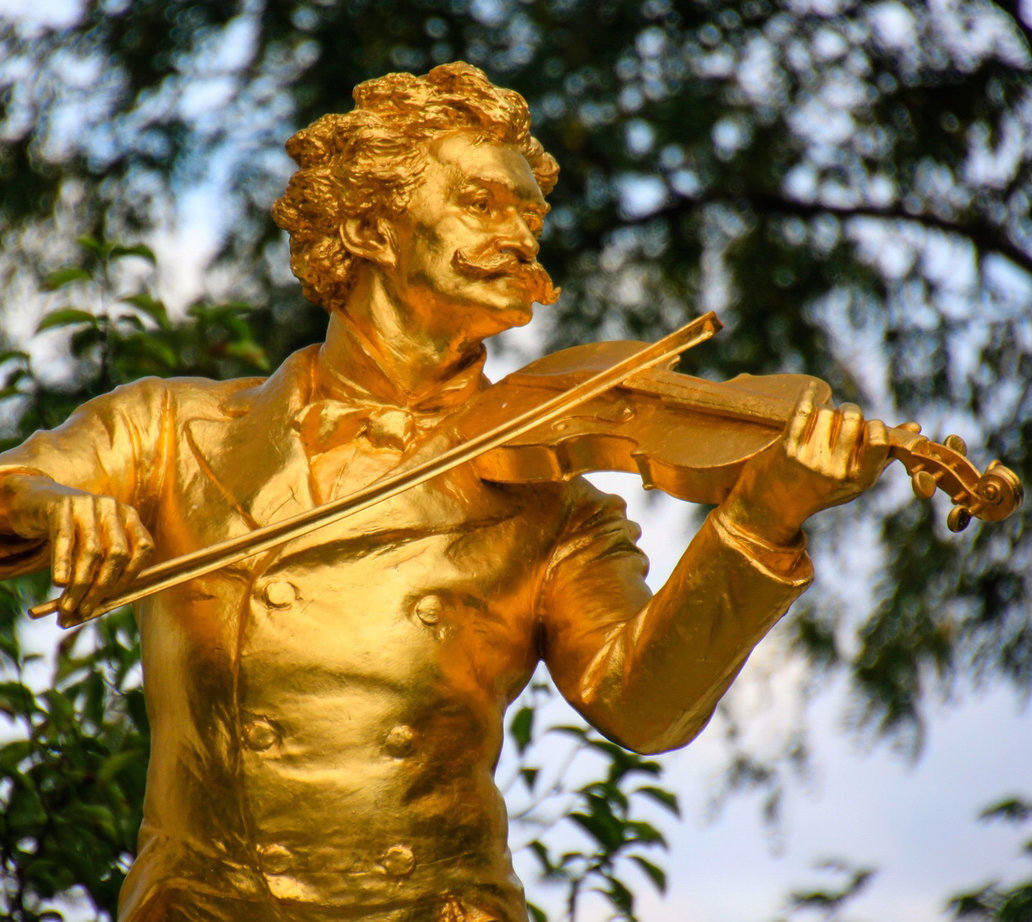
Address: Parkring 1, 1010 Vienna
Also known as City Park in English, Stadtpark was the very first public park in Vienna, built between 1860 and 1862. Designed by Josef Selleny and Rudolf Siebeck, the sprawling park features an English landscape garden style and has remained the largest park in the city since it first opened its gates to the public. Because the park was originally just part of Vienna’s first district, it was constructed on the left side of the River Wienfluss. But when the park was extended in 1863, another section was built on the right side of the river.
There’s a network of pathways winding throughout the park which you can follow for a leisurely stroll. You’ll also find plenty of benches where you can rest your weary legs (the park is the largest in Vienna!), several pools and fountains to admire and grassy spots shaded by trees where you can enjoy an afternoon picnic. Highlights include the beautiful flower clock, Franz Schubert memorial and the iconic golden-plated bronze statue of Johann Strauss.
Donaupark

Image credit: BambooBeast [CC BY-SA 3.0]
Address: Donaupark, 1220 Vienna
Called Danube Park in English, Donaupark is the second largest garden in Vienna, home to loads of fun activities for locals and visitors of all ages to enjoy. The park was built between 1963 and 1964 on an island in the middle of the Danube and the Old Danube for the Vienna International Garden Festival. The aim of the park’s creation was to clean up the existing site which had become something of a rubbish dump.
Today the park is filled with a plethora of amenities, including children’s playgrounds, skateparks, tennis courts, picnic areas and bike trails, as well as well-maintained lawns and flowerbeds. There’s also a small train which runs throughout which you can hop on to see all the park’s beauty without wearing out your legs. The highlight of Donau Park is Danube Tower which stretches 250m into the sky. Visitors can ride up to the top of the tower in a lift and soak up 360° views of the whole city while sampling some local cuisine at one of the sky high restaurants.
Volksgarten

Address: Volksgarten, 1010 Vienna
A gorgeous park set inside the first district of Vienna in the Ringstrasse, Volksgarten was built between 1819 and 1823 according to designs by Ludwig Remy. It was constructed over the city fortifications which were originally destroyed by Napoleon in 1809 and features two distinct styles. The side of the Hofburg boasts a classic English style, while the Ringstrasse side flaunts a sophisticated French baroque style. Most of Vienna’s parks feature statues of prominent figures and Volksgarten is no exception.
While strolling through the grounds you’ll come across memorials of Empress Elisabeth and Franz Grillparzer, as well as the neoclassical Theseustemple — a smaller replica of the Temple of Hephaistos in Athens, Greece. This small-scale temple was designed by Pietro di Nobile and was completed in 1821. Theseustemple was designed to house the Theseus sculpture created by Antonio Canova, who also had a hand in the temple’s construction. In 1890, the sculpture was moved to the Museum of Fine Arts.
There are also two fantastic cafes to visit inside the park. The Cortisches Coffee House, where Johann Strauss I and Joseph Lanner performed, as well as Cafe Meirei which was converted into the Milchtrinkhalle in 1924.
Schönbrunn Palace Garden
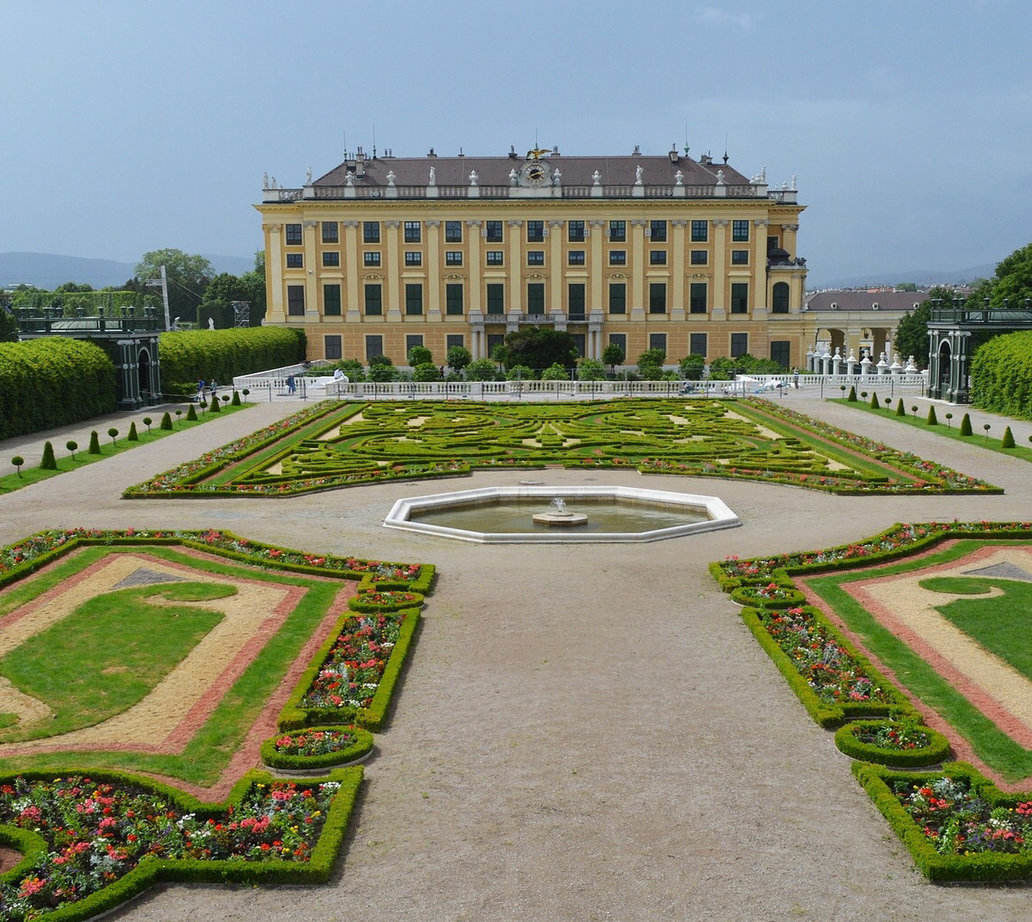
Address: Schönbrunner Schloßstraße 47, 1130 Vienna
An important part of Schönbrunn Palace, Schönbrunn Palace Garden is what connects the main palace with the Gloriette. Now a beautifully blissful garden, this spot was once home to a hunting lodge. But in the 18th century under the orders of Empress Maria Theresia, the original castle and its grounds were transformed and opened to the public as a park in 1779. The colossal garden covers 1.2km from east to west and stretches on for around 1km from north to south, making it a true haven for walkers and joggers who have a number of trails to choose from.
Schönbrunn Palace opens out onto a wide gravelled pathway known as the Great Parterre. This path is divided by eight different sections of immaculately manicured, perfectly symmetrical gardens called the Crown Prince Garden. At the end of the gardens you’ll find the Neptune Fountain, named after the crowning statues which feature a scene depicting Neptune, which was common in 16th, 17th and 18th century art. It’s symbolic of monarchs controlling the future of their nations.
Burggarten

Address: Josefsplatz 1, 1010 Vienna
Ideally positioned for taking a short break from sightseeing, Burggarten is located at the Ringstrasse, close to the National Library and Vienna State Opera. It was created in 1818 as a private garden of the emperor and designed by Ludwig Gabriel von Remy and Franz Antoine the older — the same people responsible for the design of the Volksgarten. Viennese citizens were only permitted to glimpse upon the garden through an ornate fence, before it was eventually opened to the public in 1919.
One of the aspects that makes this garden so unique is that it boasts different types of plants sourced from all over the world. As the years progressed, the park was enhanced and expanded into an English landscape garden complete with pond. Today, the highlight of Burggarten remains the same as it was over 100 years ago — the Palmenhaus. This glass building features a tropical butterfly house, fantastic cafe-restaurant and terrace with remarkable views.


